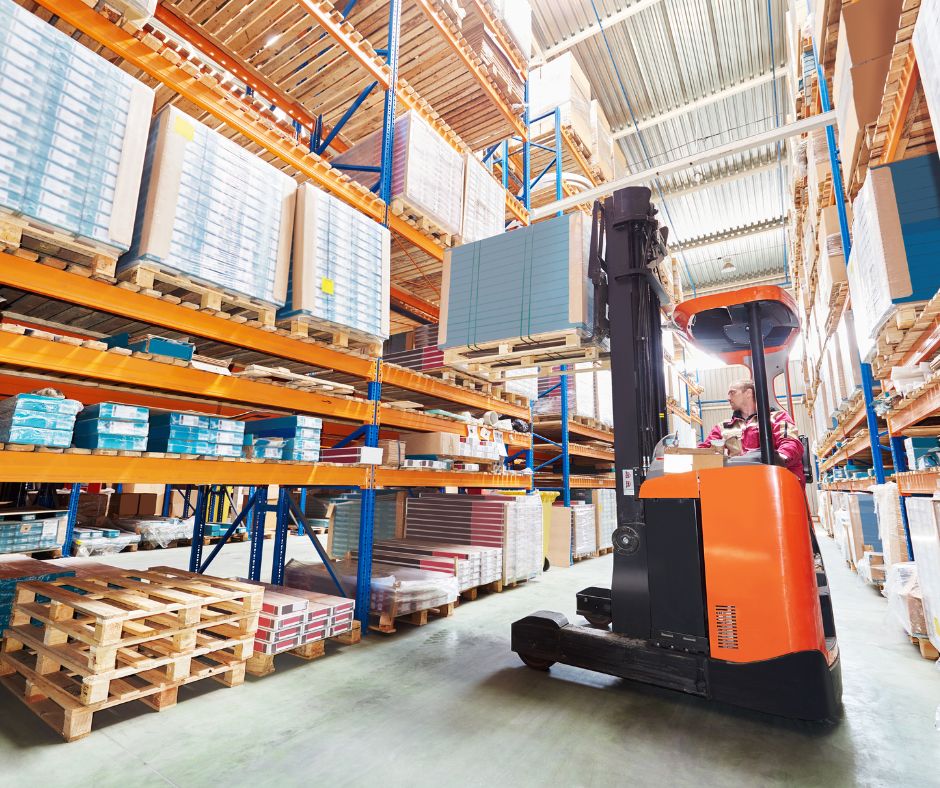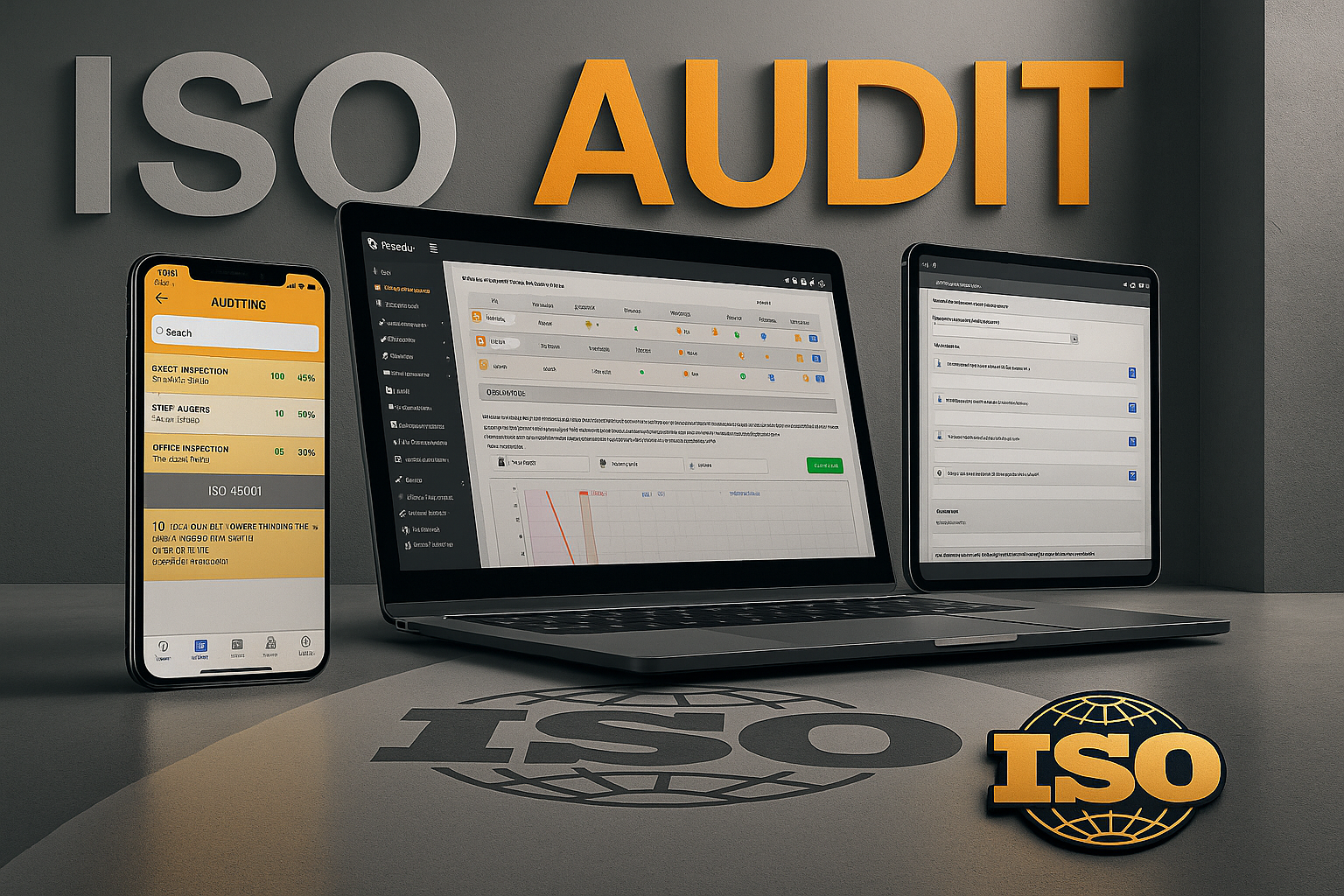
Smarter Asset Management: Control, Compliance & Confidence in One Platform
iProtectU Asset Management Software provides centralised control over equipment, machinery and safety-critical assets. Automate maintenance schedules, track inspections, reduce downtime and maintain full compliance. With




